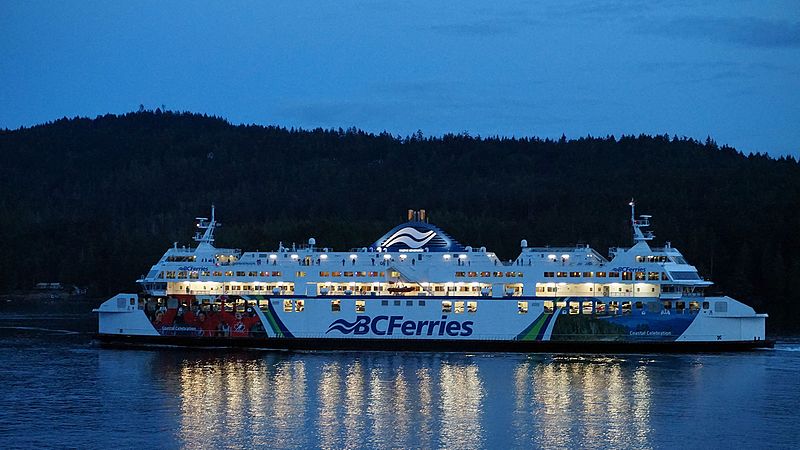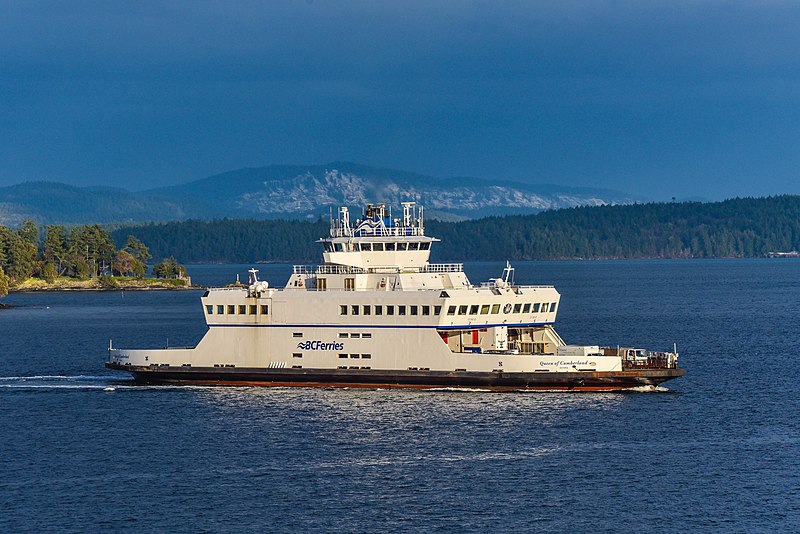7481 Woodbine Ave #203, Markham, ON L3R 2W1 (647) 806-8188
Copyright © 2021 CondoTrend. All rights reserved.

At present, each Canadian province and territory operates at least one ferry service, for a total of around 180 lines. There are ferry connections between all Canadian provinces. A majority of routes connect metropolitan centers. This category includes passenger ferries, cargo ferries, and multipurpose vessels. There are both government-run and private routes available.
Despite analyzing just, a short portion of Canada’s history, it is evident that rivers played a crucial role in the country’s development over an extended length of time. It was particularly true throughout the early years of the country. Canoes have been used to travel across rivers, lakes, and even the ocean for thousands of years, beginning with the First Peoples and continuing with the first explorers to arrive on our continent. The early European explorers adopted this technique’s customary Native American use. Those who followed in their footsteps kept carrying out their duties. During this time, the first ferries between British and French territories began operation. The ships conveyed both civilians and military personnel (sometimes aboard private vessels). During this time, public ferries, a relatively new way to get around on the water, were created.

Due to the growth in canal traffic, rules for ferry operations had to be drafted. Before the end of the eighteenth century, laws were enacted outlining what paperwork was necessary and how much money had to be paid to travel by ferry with people, goods, or animals. They lasted till the beginning of the seventeenth century. These rules were adhered to until the start of the eighteenth century. These are the expenses connected with crossing the ocean via ferry. The building of ferries was a constant 19th-century activity that was essential to the growth of an existing area. The province of Manitoba in Canada is a good location to see this phenomenon. Due to the young age of many of the settlements in this area, it was necessary to construct ferries so that people could cross the river. The Union Steamship Company of British Columbia already controlled the crowded and competitive Western Canadian ferry transportation business when it entered the market. Because its Senator and Lonsdale steamers provided transit between the two ports, the corporation was lucrative. It is feasible because of the rapid growth of ferry service throughout the whole coast of British Columbia. It facilitates communication between previously isolated island settlements and the mainland.

The Canadian Pacific Railway Coast Service began operating coastal ferries in the late 19th century. Currently, public access is still possible to these waters. In addition, the Puget Sound Navigation Company started offering ferry service to British Columbia’s Georgia Strait in 1913. The vendor furnished this service. These boats were owned and operated by the Puget Sound Navigation Company. The Dominion Atlantic Railway operated a large fleet of ferries that carried passengers and freight across Eastern Canada. These offers were accessible to any member of the general public. It made sense to establish the company’s first headquarters in London, the nation’s capital and a major metropolis in the United Kingdom. Throughout the 20th century, the company’s amazing growth was supported by ships that were larger, faster, and more capable than their predecessors. Société des Transports du Québec and British Columbia Ferry Services Inc. are examples of large public and private companies that were created to extend and consolidate ferry services in Atlantic Canada, Quebec, and British Columbia, respectively. This group consists of the Atlantic, Quebec, and British Columbia provinces. Due to technological advancements that have produced quicker, bigger, and safer vessels, the ferry industry will continue to play a significant part in Canada’s economic and social growth. Due to technological advancements, the boats of today are more robust, spacious, and secure than ever before.
7481 Woodbine Ave #203, Markham, ON L3R 2W1 (647) 806-8188